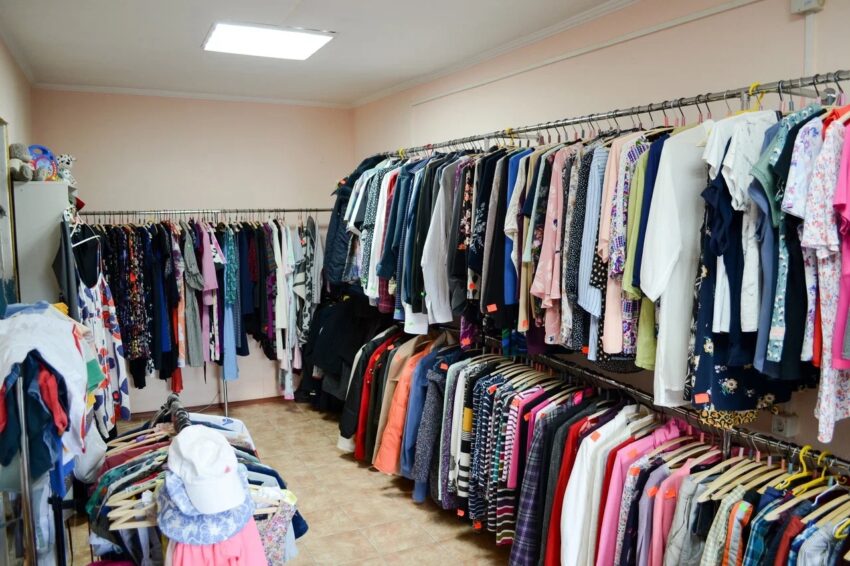Introduction
India’s fast fashion industry has been growing rapidly over the past decade, catering to the country’s young population looking for on-trend clothing at affordable prices. With increasing internet and smartphone penetration, fast fashion retailers have found innovative ways to reach consumers across the country through online channels. However, this booming sector also faces criticism on environmental and social impacts.
Rise of the Fast Fashion Industry
The Indian apparel market is estimated to be worth $100 billion currently. This demand is being fuelled by growing disposable incomes and rising middle class in metros and tier-2 cities aspiring for global trends. Several Indian and global brands like Zara, H&M, Uniqlo and Fast Retailing have set up stores across India in the last few years.
Domestic players like Trendin, Vishal, FabAlley and LimeRoad were pioneer e-commerce only brands riding the online wave since the early 2010s. These nimble India Fast Fashion businesses stock hundreds of new designs every week at throwaway prices compared to traditional retailers. Their innovative supply chain and data analytics enable stock turnovers within days as against months for others.
Changing Consumer Preferences
Today’s young Indian consumer is spoilt for choice and wants fresh styles every week without burning holes in pockets. Fast fashion fulfills this need by decoupling designs from seasons through see-now-buy-now collections and social media launches. These brands understand local trends and sensibilities better while sourcing fabrics locally aids manufacturing at scale and speed.
The Social and Environmental Impact
While fast fashion has democratized access to global styles, it also faces criticism on sustainability. Low cost pressures encourage cut corners in areas like working conditions, environmental compliance and material sourcing. Frequent new designs accelerate overproduction and rising unsold inventory ends up in landfills harming the planet.
Subheadings: Working Conditions
To achieve lightning speed turnarounds, fast fashion relies on cost-efficient sourcing from third party manufacturing units that are often accused of poor working conditions lacking living wages, safety standards and women empowerment. Long working hours in crowded spaces can harm both physical and mental well-being of workers especially during peak seasons. Brands are now pushed to improve auditing, certification and ensure supplier compliance with ethical codes.
Subheadings: Raw Material Sourcing
In the race for newness and affordability, fast fashion also prefers cheaper synthetic fabrics that require fossil fuel intensive production harming the environment. Raw cotton growing also depletes water resources in drought-prone regions of the country. Domestic yarn, handloom and artisanal cluster businesses that specialize in niche fabrics struggle to survive this low-cost onslaught. Industry leaders are beginning to incorporate more sustainable fibers, organic cotton and recycled polyesters in their collections albeit at a small scale currently.
Subheadings: Unsold Inventory
A key fallout of the throwaway consumption model is the proliferation of unsold stock that ends up as waste. With thousands of new designs every month, even slightly unfashionable pieces clog warehouses and never get sold. This excess baggage has real environmental costs as its transportation and incineration emit greenhouse gases. Some retail chains have started take-back programs, fabric upcycling initiatives or donate unsold items but the scale remains limited.
Regulation and the Path Forward
As the high-growth sector faces increased scrutiny, the government and policymakers are exploring interventions for balanced development. The recently enforced extended producer responsibility guidelines making brands responsible for post-consumer waste is a step towards circular economy. Compliance with global certification programs promoting fair wages, zero discharge of hazardous chemicals and sustainable fibers will enhance industry credibility.
Overall the opportunities of the $100 billion apparel business cannot be denied but to ensure inclusive and eco-friendly growth, fast fashion will need proactive leadership embracing ethical standards through collaborative efforts by all stakeholders from designers to consumers. By refining their model focusing on non-toxic materials, fair wages and responsible recycling, India’s young fast fashion industry can achieve scale sustainably catering to the aspirational needs of a billion plus people.
Note:
- Source: CoherentMI, Public sources, Desk research
- We have leveraged AI tools to mine information and compile it

